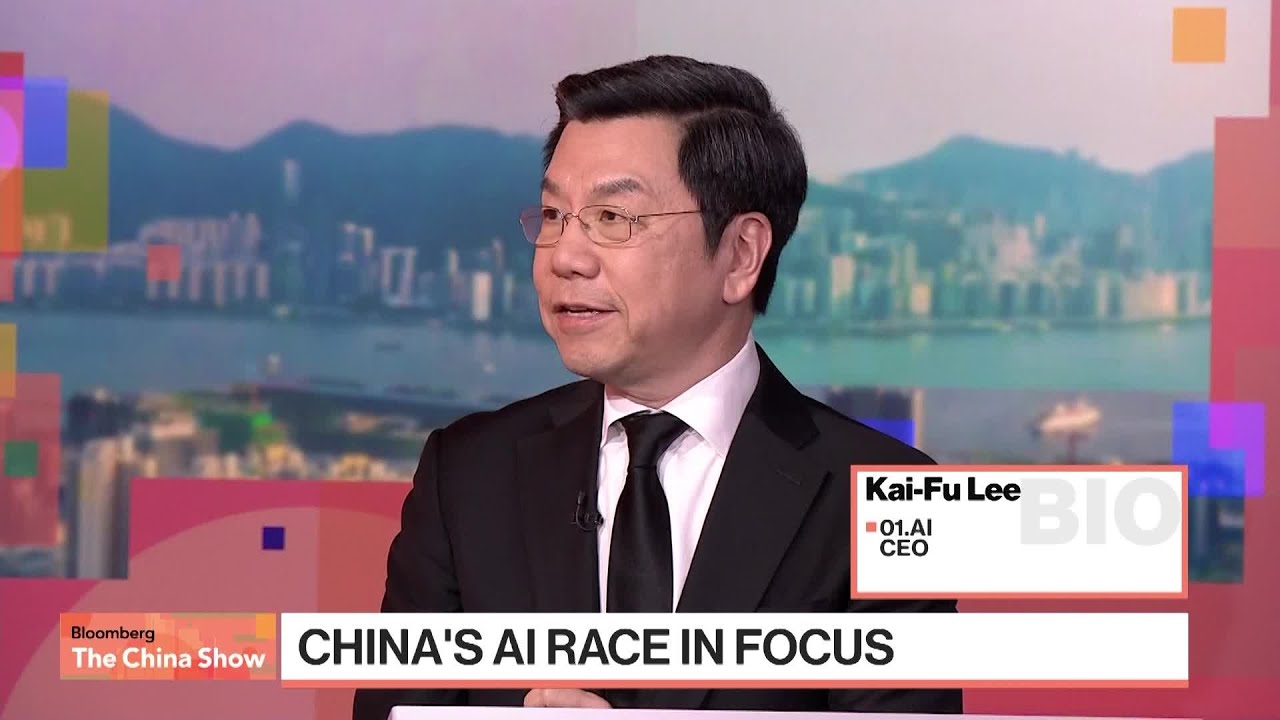A Chinese AI pioneer discussed the launch of their enterprise language model, Deep Sea, emphasizing the need for additional tools to connect with corporate databases and enhance its practical applications in various industries. The conversation also highlighted the competitive landscape between Chinese and American AI models, questioning the sustainability of OpenAI’s business model while noting that U.S. sanctions have spurred innovation in China, supported by government initiatives to integrate AI into traditional industries.
In a recent discussion, a Chinese AI pioneer elaborated on the launch of their enterprise language model, Deep Sea, which aims to enhance corporate applications by providing essential middleware and user interfaces. The speaker noted that while Deep Sea is a powerful AI model, it lacks the necessary tools to connect with corporate databases and build practical applications for industries like finance and customer service. Their company, 01.8, has decided to focus on developing these missing components to make Deep Sea more useful for businesses, receiving positive feedback from both China and Hong Kong.
The conversation shifted to the competitive landscape between Chinese and American AI models. The speaker highlighted that the pre-training of large models has become increasingly consolidated, with open-source models emerging as strong contenders against proprietary ones like OpenAI’s. They pointed out that while OpenAI incurs significant operational costs, Deep Sea operates at a fraction of that expense, raising questions about the sustainability of OpenAI’s business model. The speaker suggested that the competition is not just about which model is marginally better, but rather about the long-term viability of these models in the market.
When discussing the potential for AI models in the Chinese market, the speaker speculated that there could be room for three major players: Deep Sea, Alibaba, and Bytedance. They emphasized that while the foundational models may become commoditized, the applications built on top of these models still hold significant value. The speaker compared this to operating systems, suggesting that while the core technology may be similar, the applications and user interfaces built around it are where the real monetization opportunities lie.
The conversation also touched on the impact of U.S. sanctions on China’s access to advanced semiconductor technology. The speaker argued that these restrictions have not hindered China’s innovation but rather spurred it, leading to more efficient AI models that can operate at lower costs. They noted that the necessity to innovate under resource constraints has resulted in significant advancements in AI capabilities within China, countering the narrative that sanctions would stifle progress.
Lastly, the discussion highlighted the role of government support in fostering AI development in China. The speaker mentioned the Chinese government’s initiative called “new quality productivity,” which aims to leverage high-tech solutions to enhance productivity across traditional industries. They indicated that local governments are actively seeking ways to integrate AI into their economic strategies, creating a favorable environment for AI companies to thrive. This alignment between government objectives and corporate innovation is expected to drive growth and competitiveness in the Chinese AI sector.
